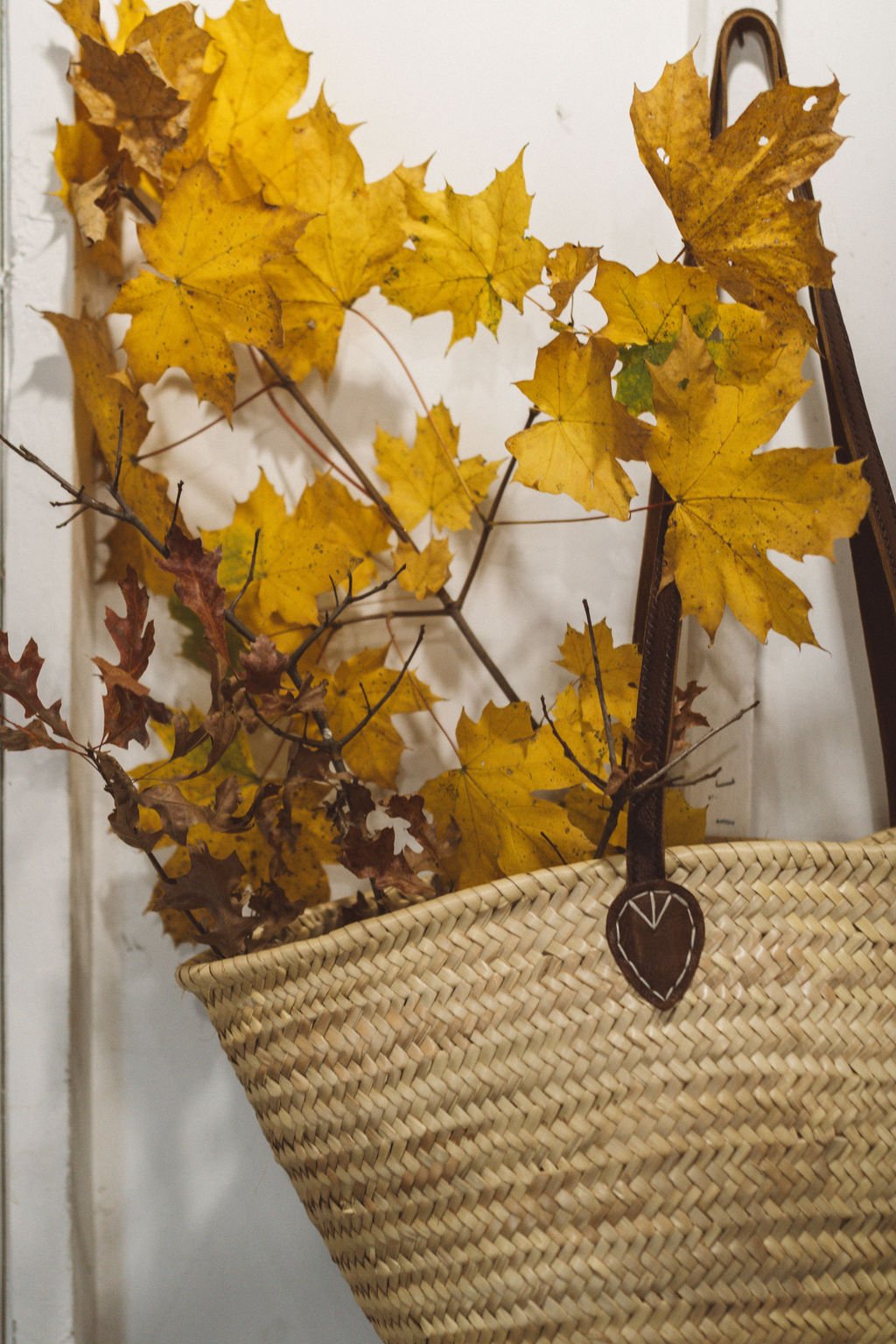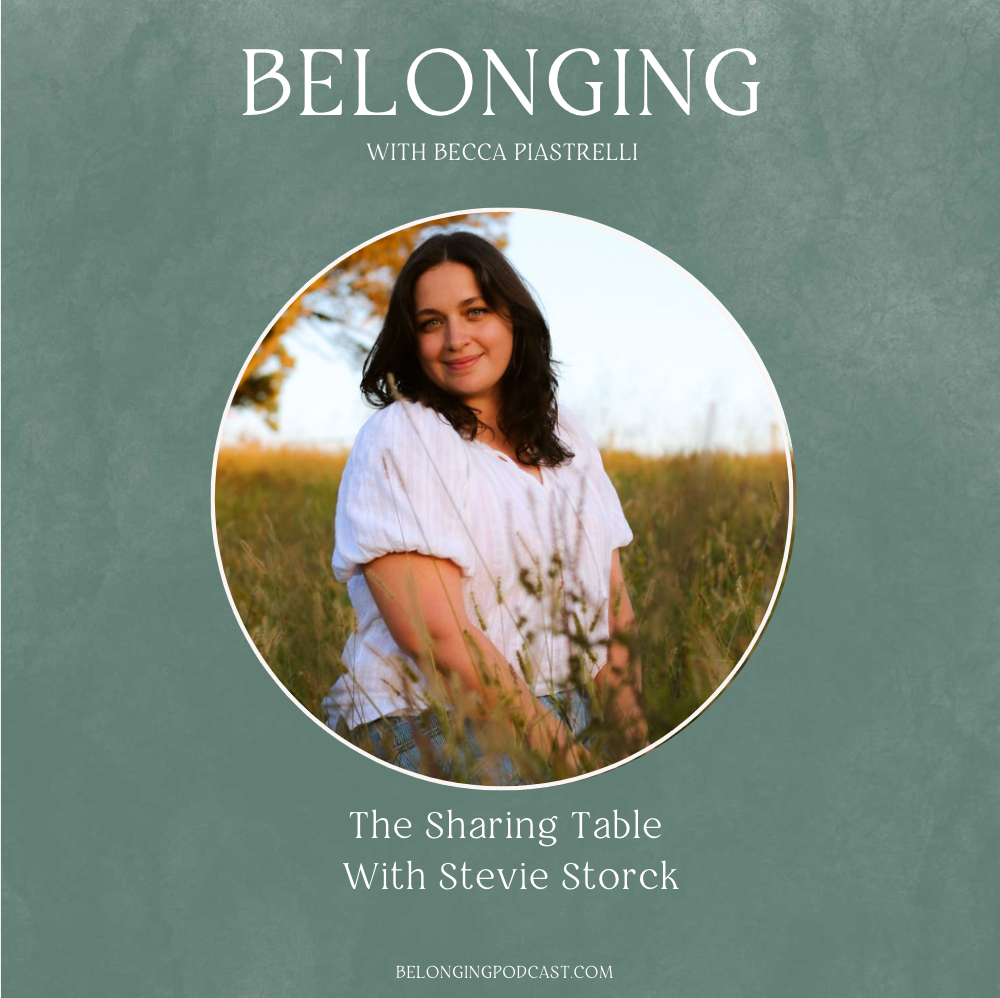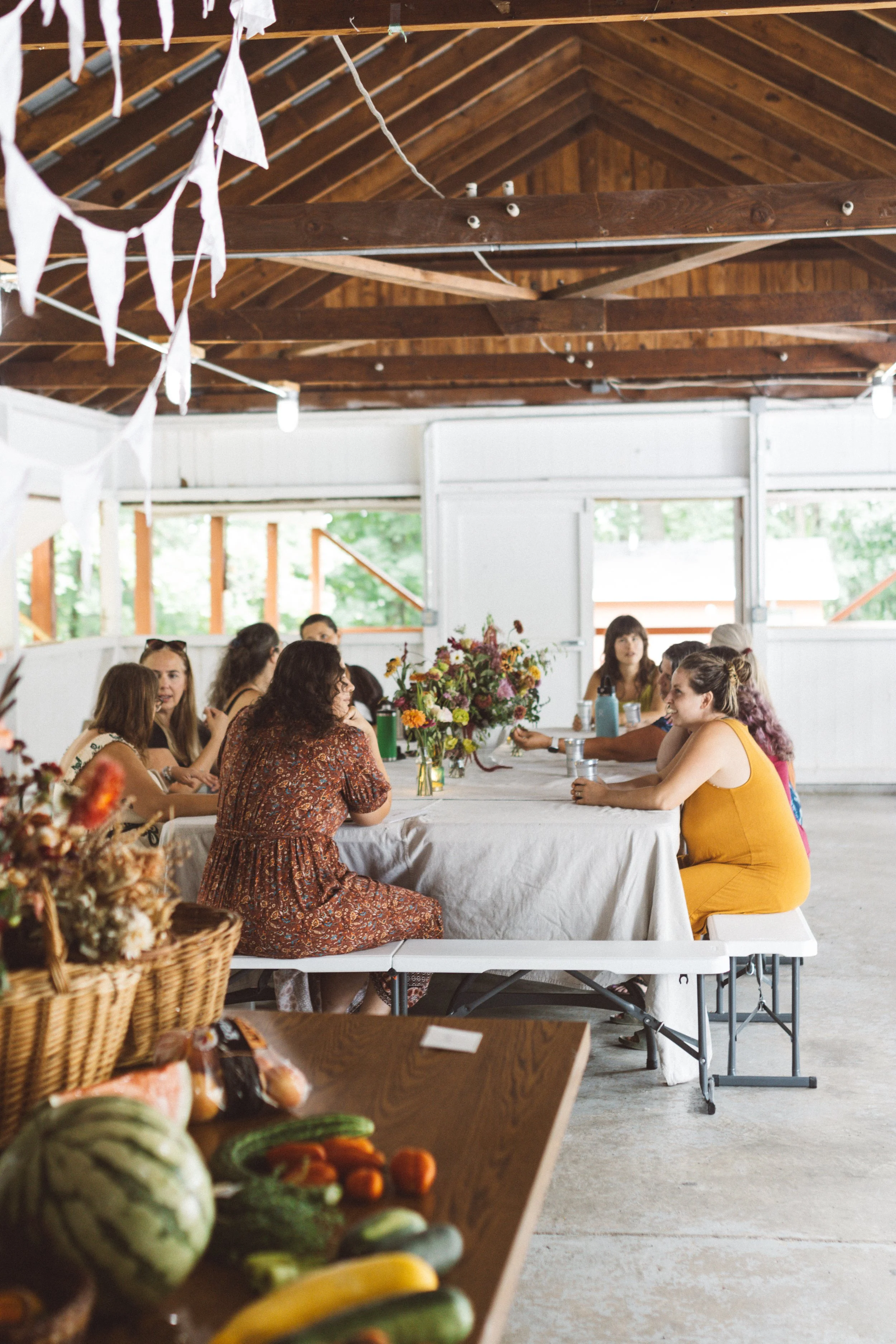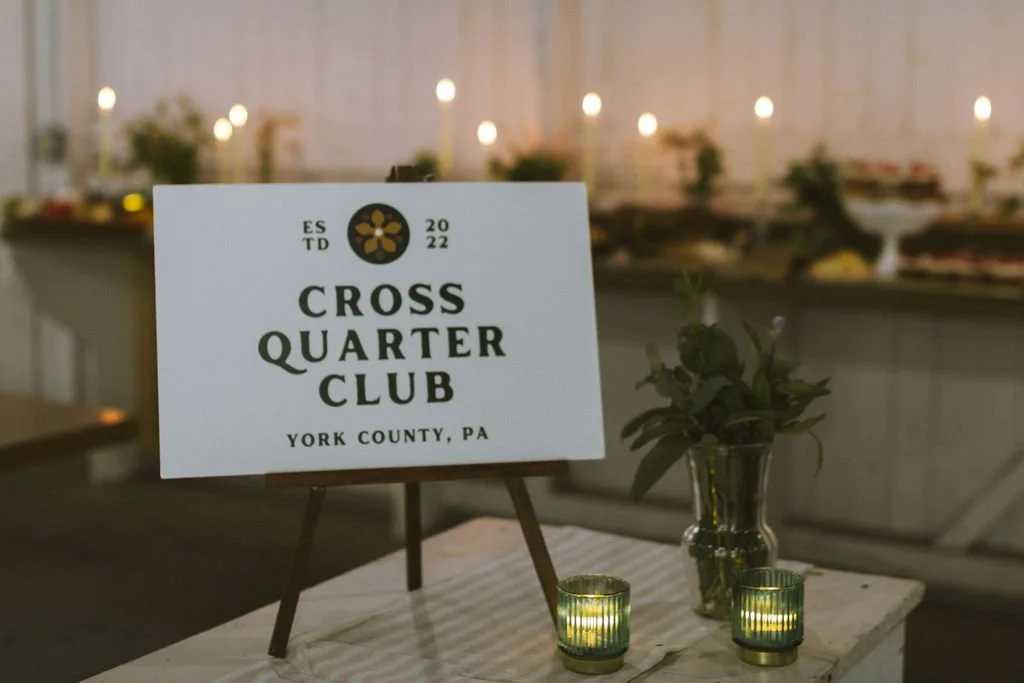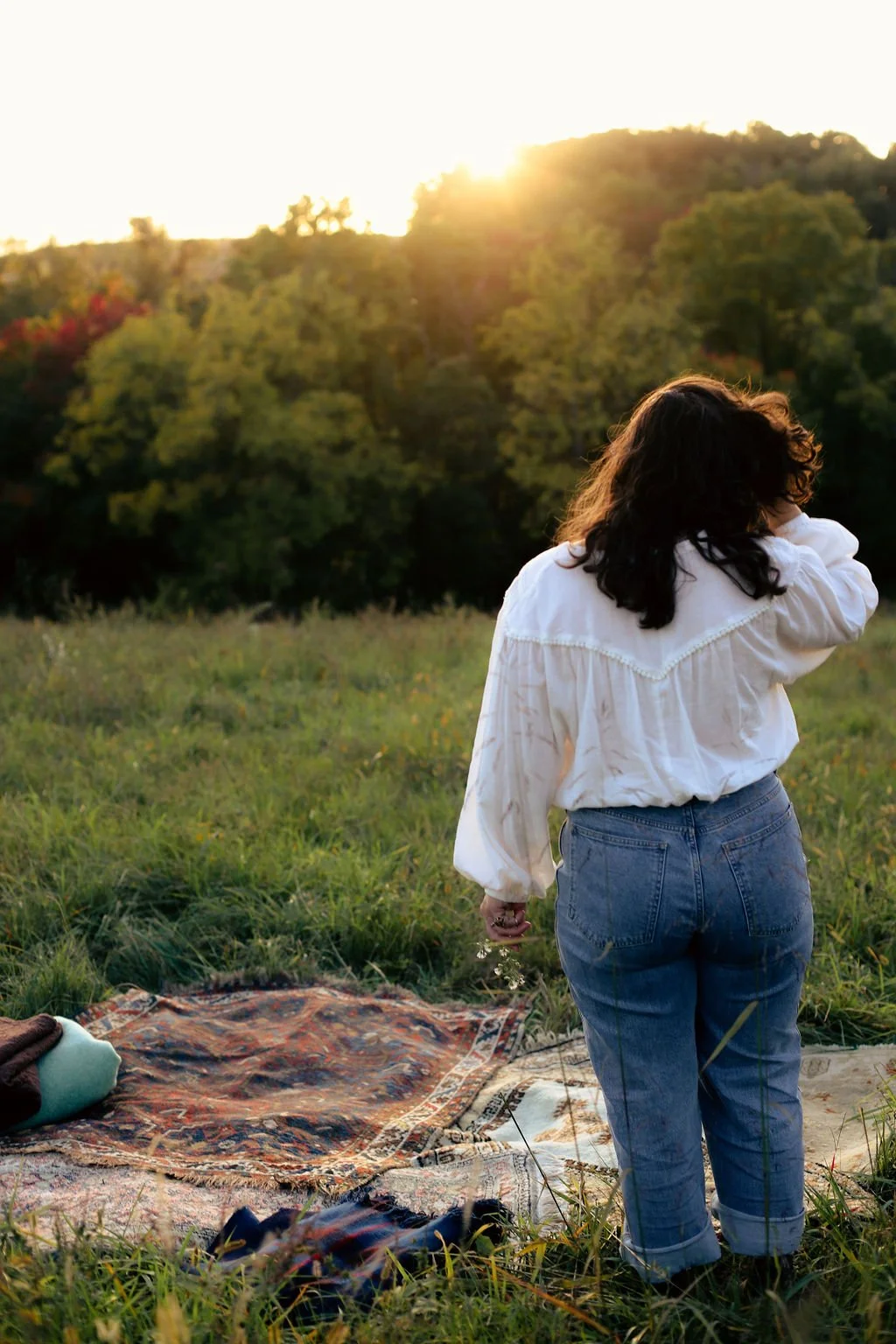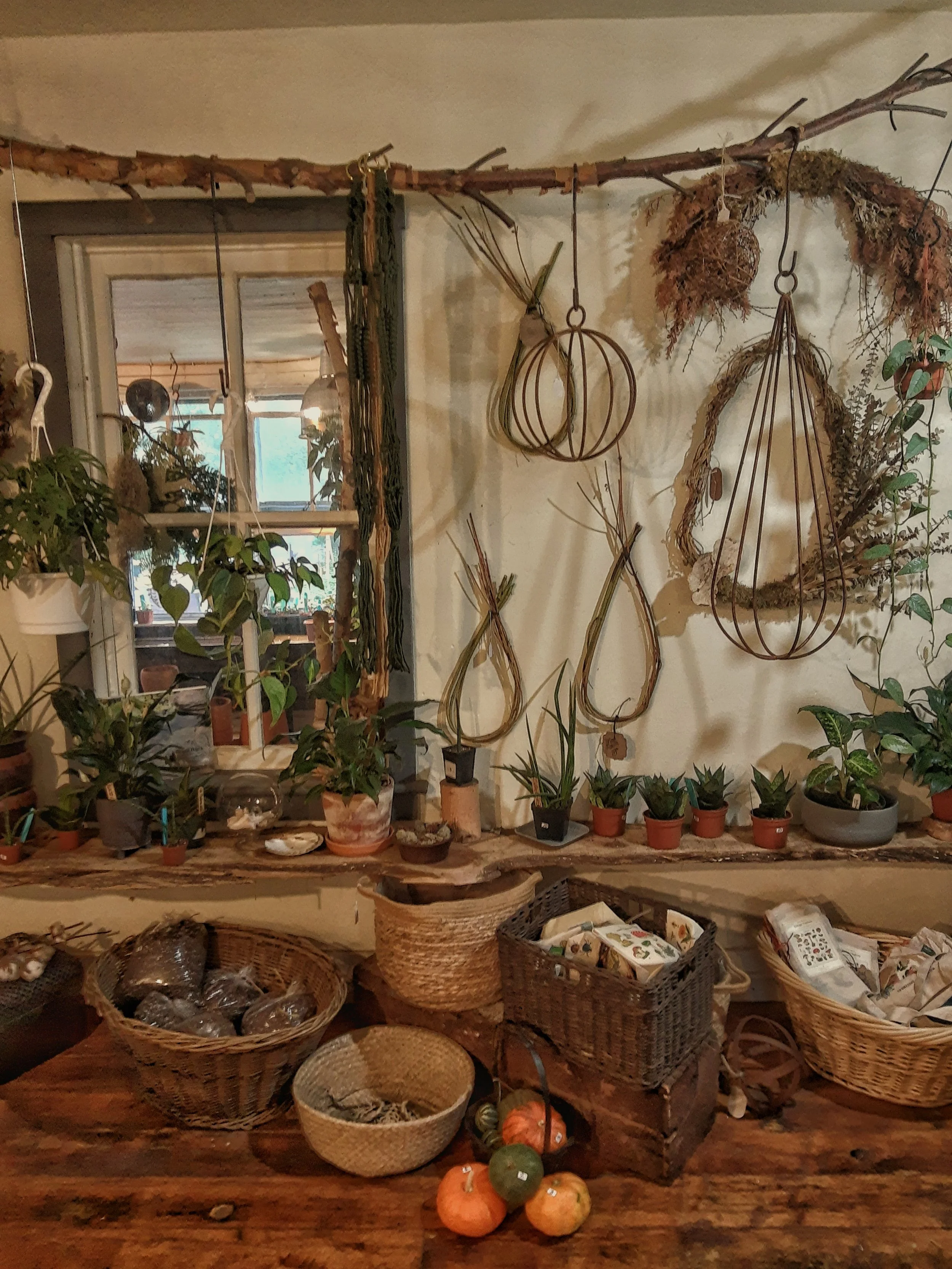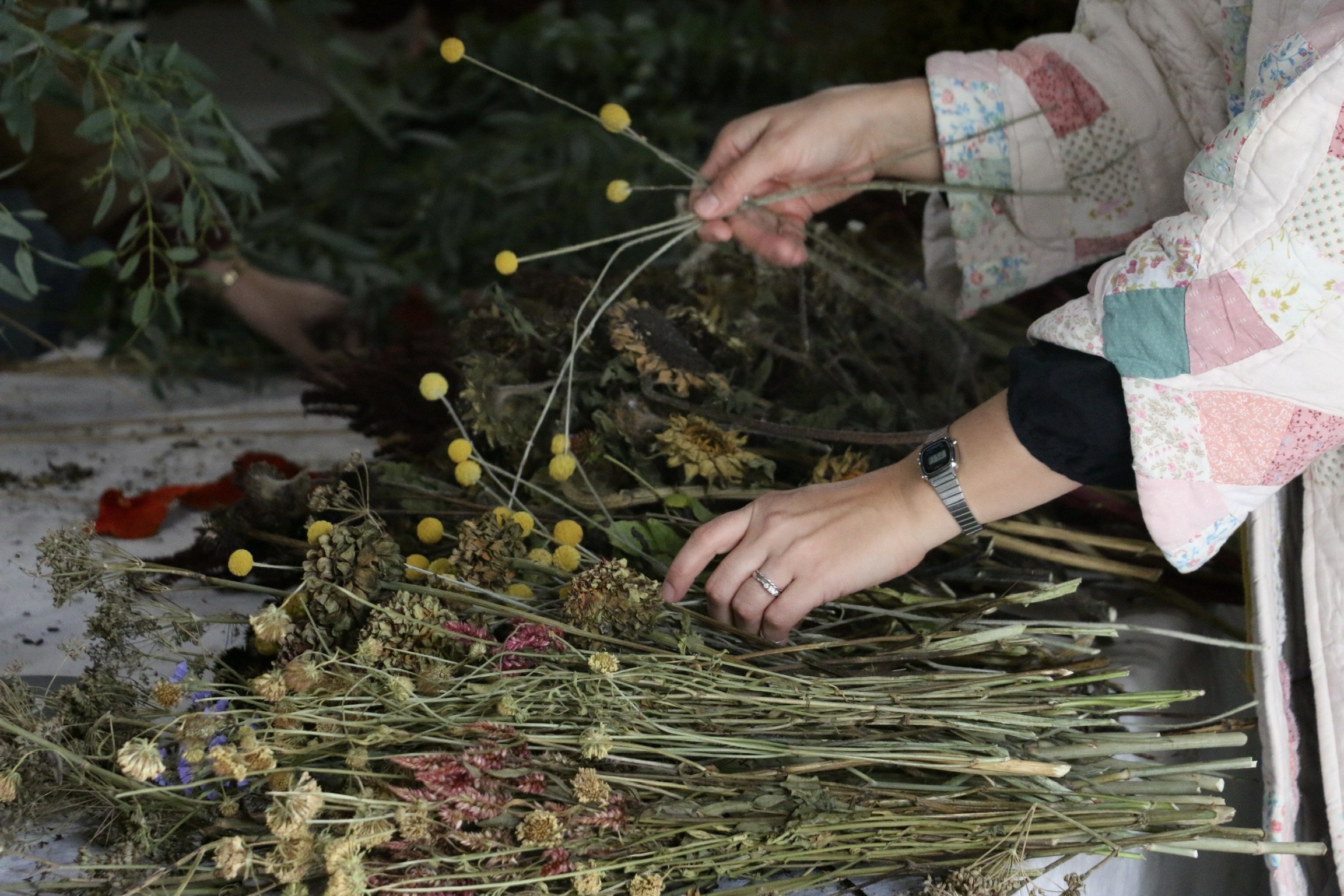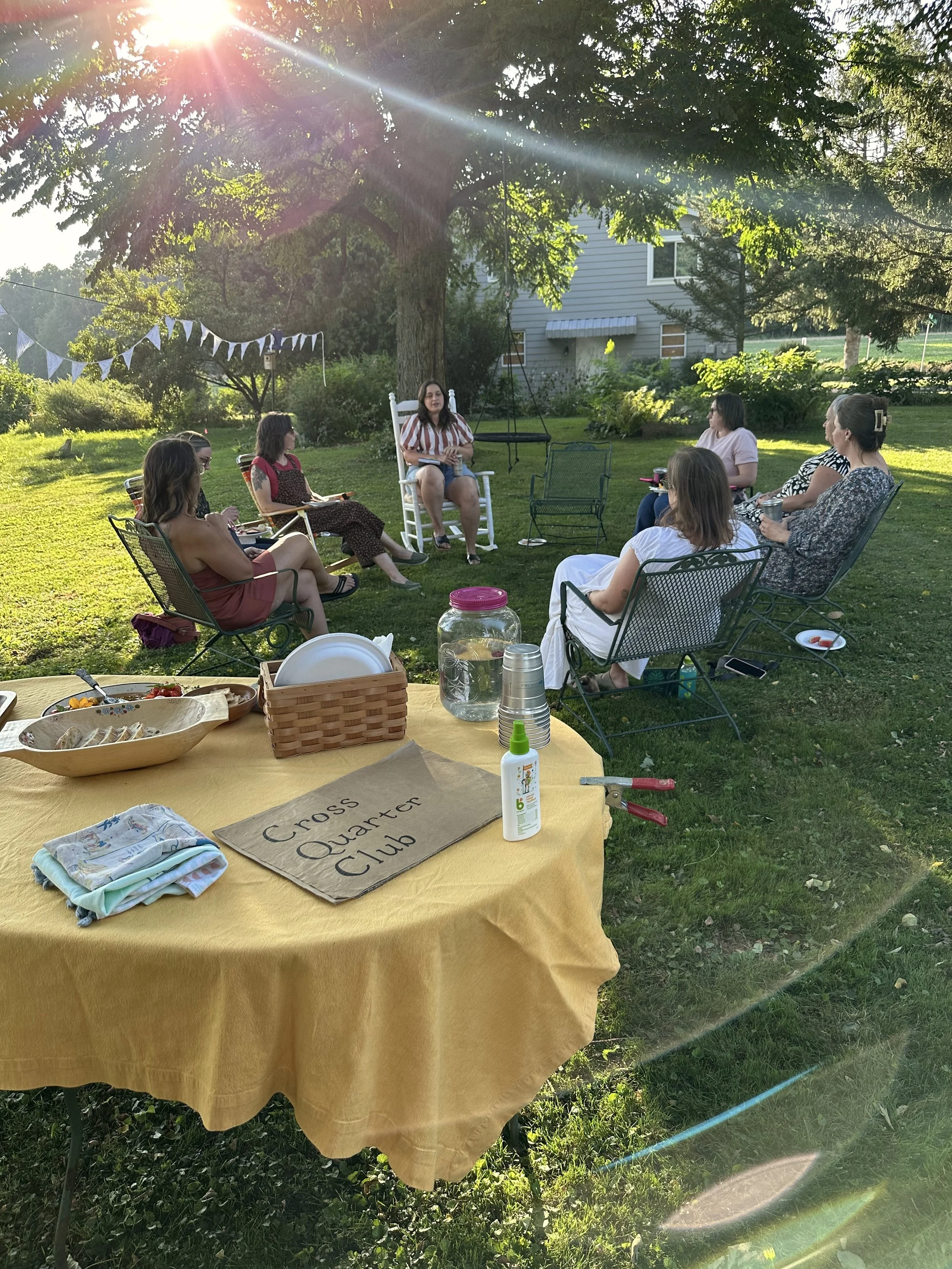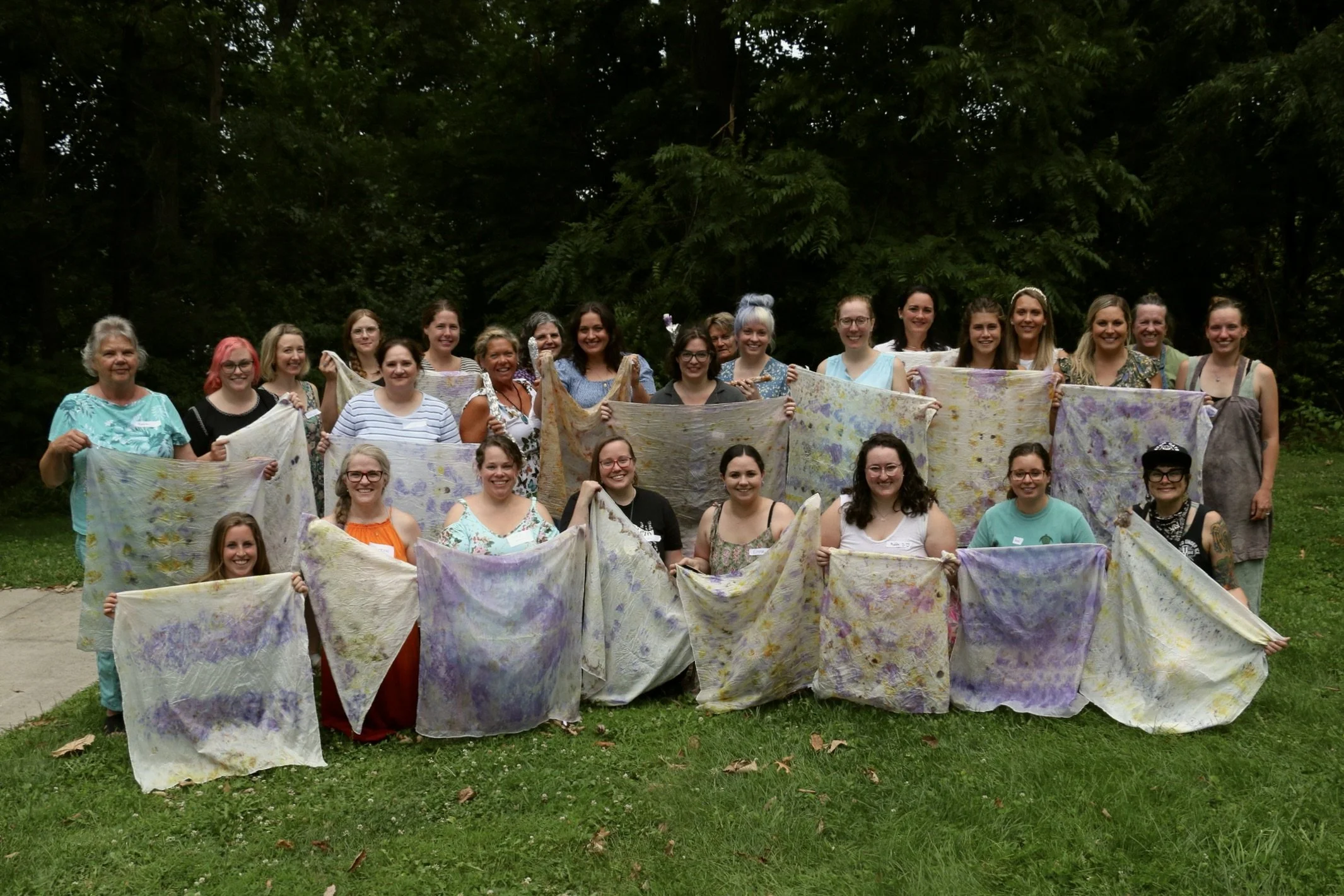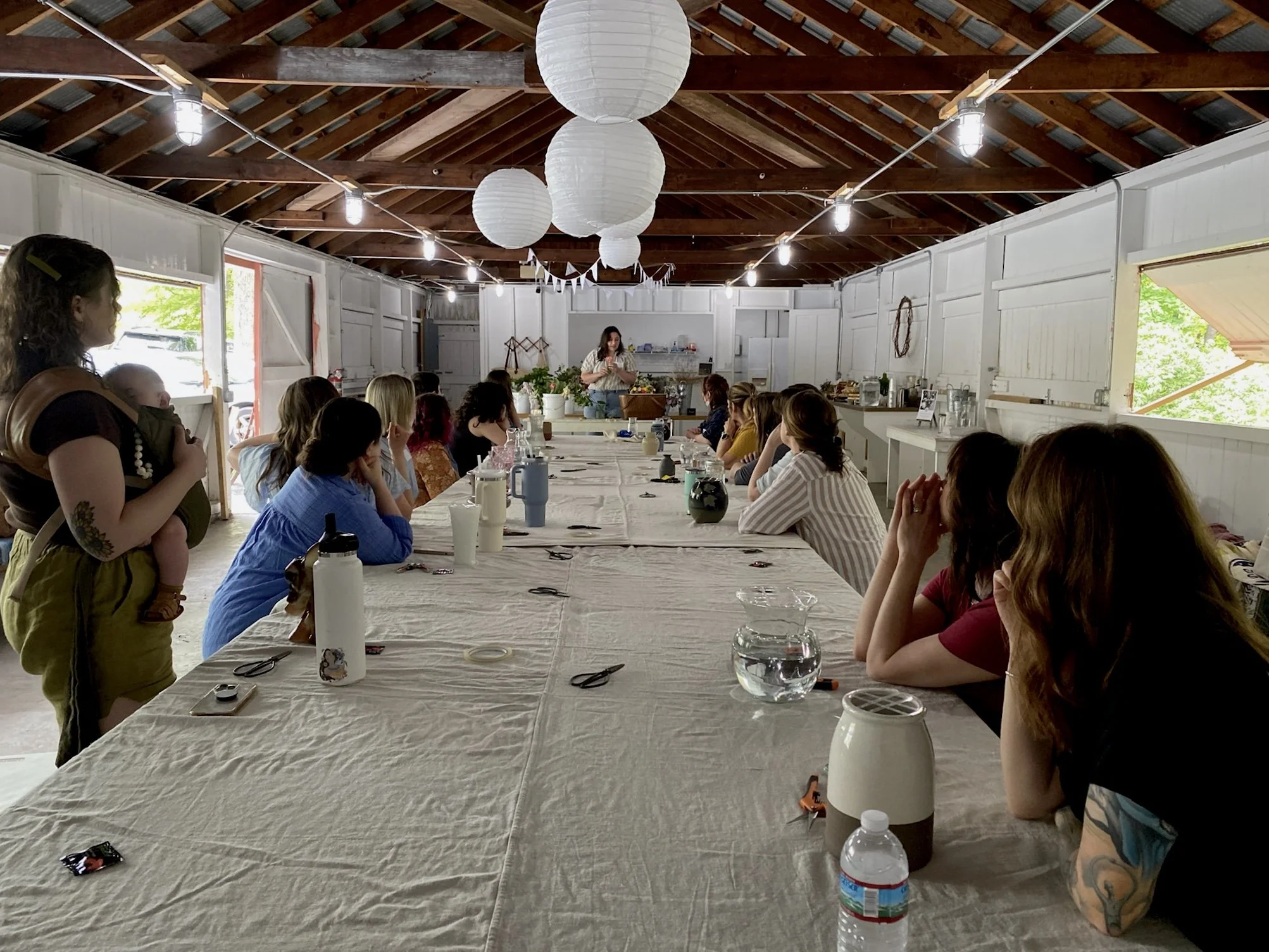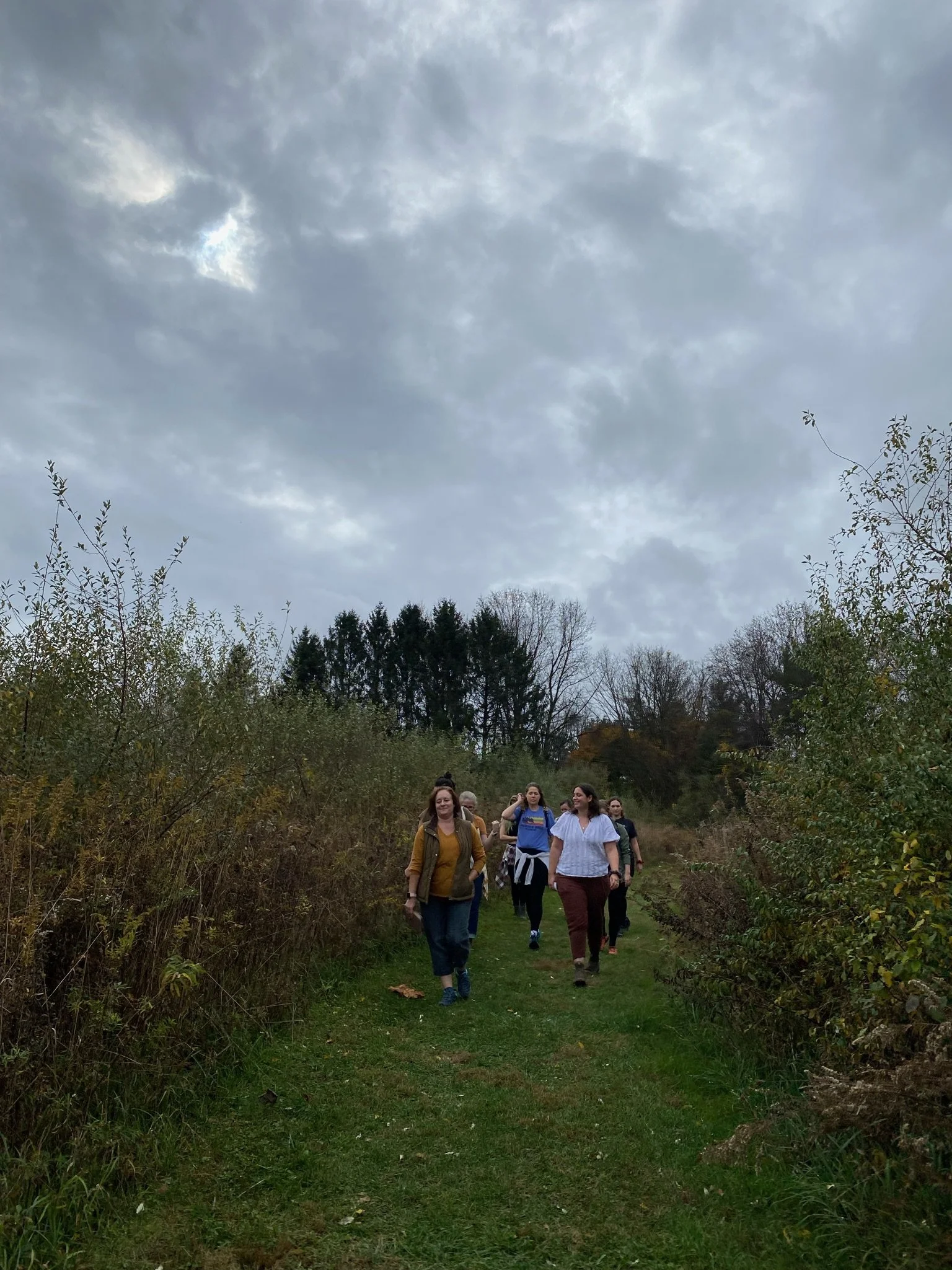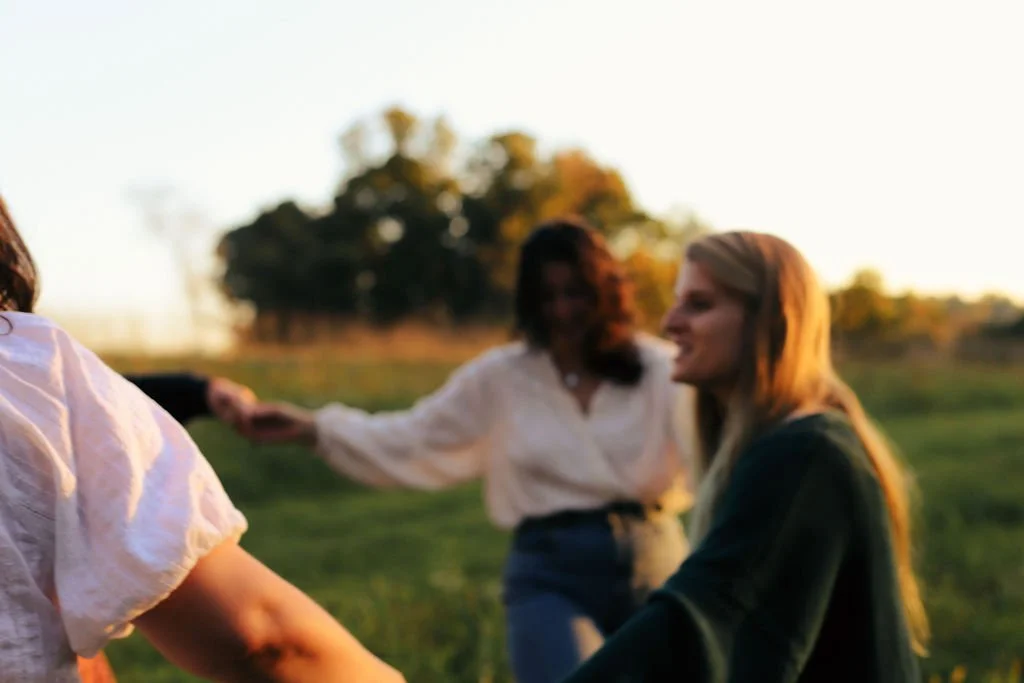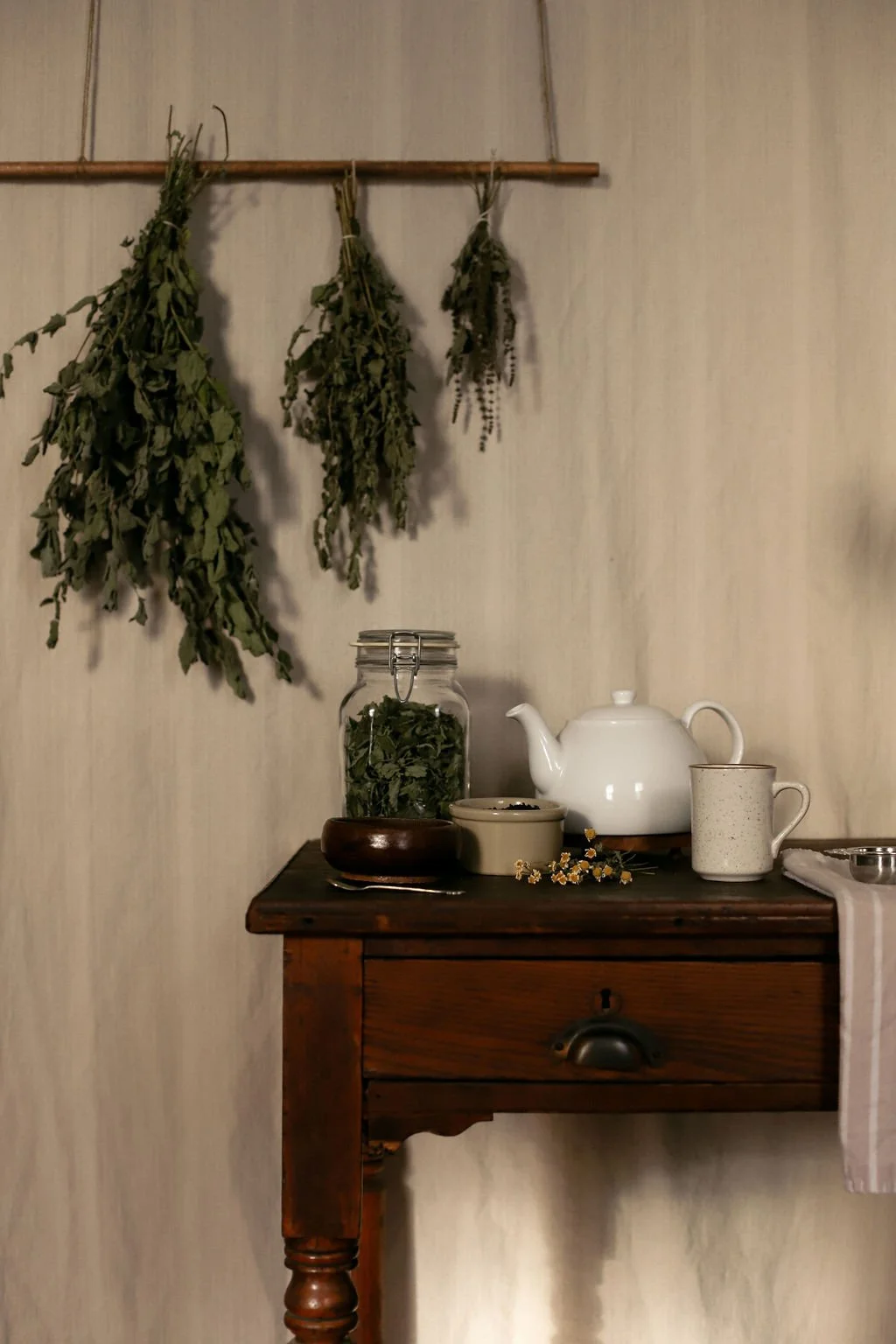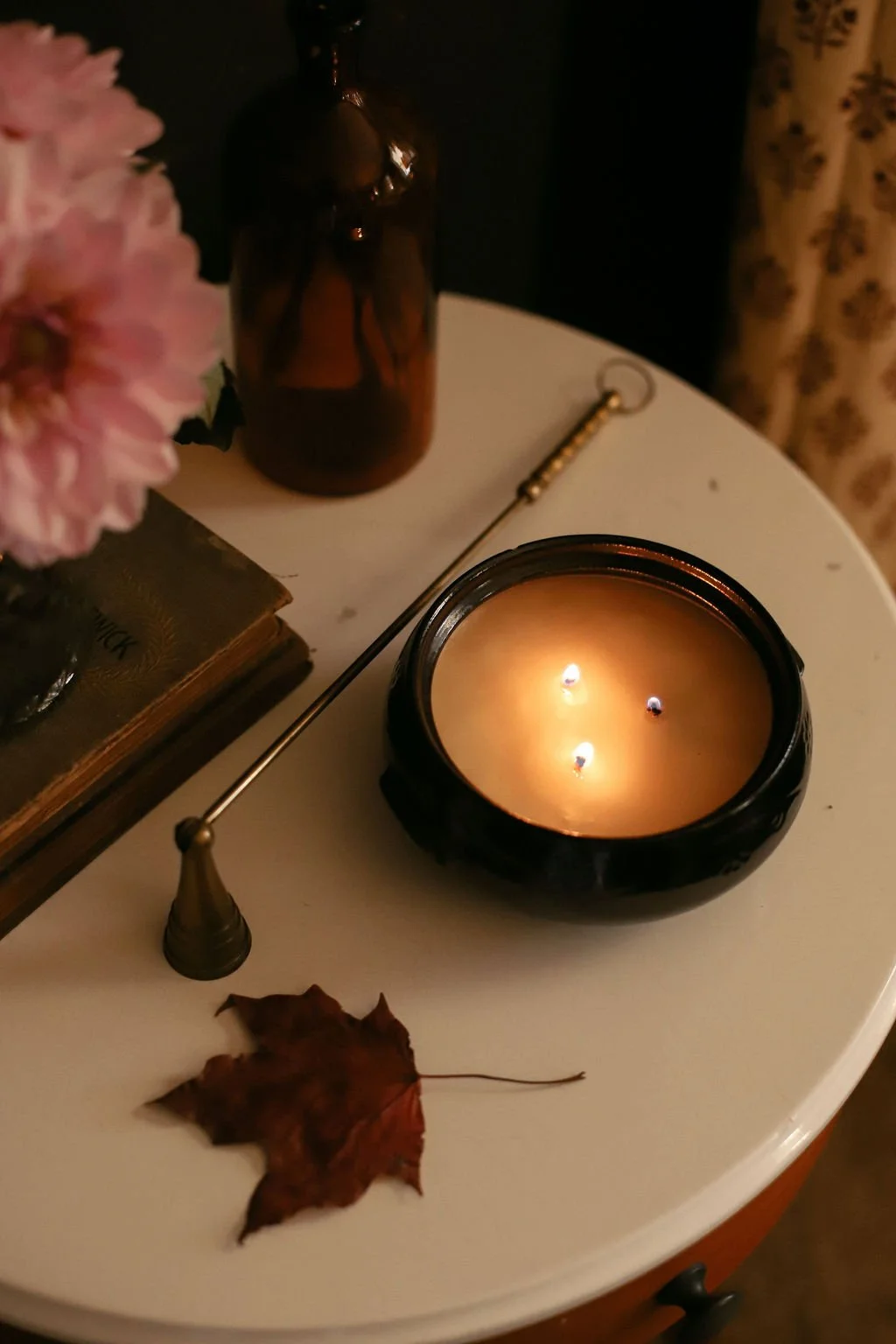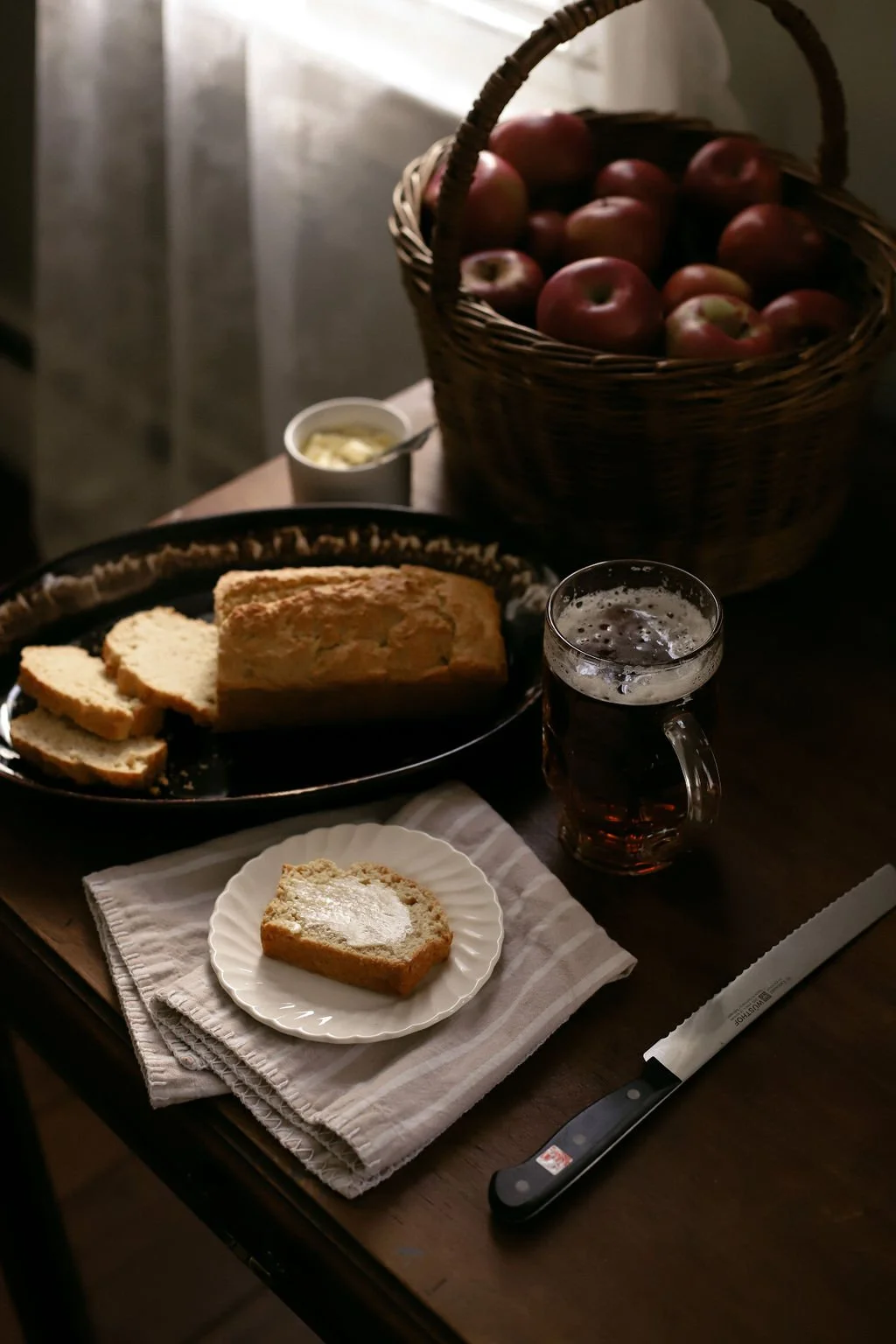Q & A | Answering Your Questions on All Things Modern Faux Flower Projects
There’s just two weeks left until Modern Faux Flower Projects is officially released! In celebration of my book launch, I asked you guys to send me your questions via Instagram for today’s post. And you all sent some great ones! From where to buy the best, realistic faux flowers to sustainability considerations to my plans for release day. Without further ado, let’s dive in!
Q: When and where can I buy your book?
The release date is September 8th, 2020 and the book is available for pre-order now wherever books are sold! Click here for all the buying links. To support indie bookstores, you can purchase from Bookshop.org! I recently discovered this organization which gives away over 75% of their profit margin to local, independent book sellers. I made my own little shop I called The Bookshelf where you can find Modern Faux Flower Projects along with the rest of my all-time favorite books from genres ranging from craft books and fiction to personal development and parenting. If you have an online or brick-and-mortar shop and are interested in carrying my book, shoot me an email!
Q: Where’s the best place to buy modern, realistic faux flowers?
When I was shopping for the book, I stumbled upon Afloral.com. I loved their selection of life-like, unique florals and botanicals that are hard to find elsewhere, so I reached out and they generously agreed to sponsor some of the materials for my book projects. I highly recommend them as a resource for stylish, high quality faux florals! I also scoured the floral department at every big box craft store in my area and my favorites as far as the were Hobby Lobby and Michaels. But there are a ton of other excellent resources out there too. I included a list of recommended resources in my book!
Q: When you’re picking out flowers, how to do you decide what colors to choose?
I tend to prefer neutral flowers and lots of greenery for everyday decor, but for special occasions (like Sage’s first birthday centerpiece) I think it’s fun to really play with color! If you’re looking for a simple color scheme that’s kind of in the middle, I don’t think you can go wrong with white flowers, lots of greenery and then accents in two shades (light and dark) of one color - like burgundy and blush (both shades of red) or plum and lavender (both shades of purple). I wrote a whole section in the book on color with example schemes and combinations to try!
Q: What is your favorite type of arrangement?
My favorite type of arrangement is loose, asymmetrical and very natural looking with lots of greenery! I have always been drawn to white flowers but these days I’m leaning towards warm neutral tones of cream, beige, peach and blush. I made this open peony, rose and dahlia arrangement a few weeks ago that I love so much!
Q: Are faux florals and greenery more sustainable than real flowers if they are imported/i.e. not local?
This is a really good question! It’s hard to say because it doesn’t seem like there’s much research out there that definitely compares fresh versus faux. This article did find this article from Buildings.com that compares the environmental impact of living plants and fresh flowers versus artificial alternatives. It is well known that the cut-flower industry poses some serious environmental concerns. First, a large percentage of flowers are imported to the United States from countries in northern Europe and South America. As you can imagine, transporting these massive quantities of flowers overseas creates considerable carbon emissions. There are other environmental concerns in commercial floriculture, such as the use of pesticides and the amount of energy that’s required to produce flowers in colder northern countries that rely on climate-controlled greenhouses. Not to mention that actual cut-flowers once they arrive at their final destination, even with proper care only last 7-12 days in the vase. The waste that creates and the need to constantly replenish cut flowers is far from environmentally-friendly. The most sustainable way to enjoy fresh cut flowers is to purchase flowers that are grown locally or to grow them yourself!
In the sense that faux arrangements can essentially last forever when well taken care of and be taken apart and reused for another project or donated for reuse they are considered a more sustainable alternative. Most faux flowers on the market today are made from polyester or plastic - neither of which are considered eco-friendly materials - although I would be interested to find out if any major faux floral manufacturers are using recycled polyester or plastic and in what percentage! Also, because artificial flowers and plants are non-perishable, they are more likely to be transported via sea or rail which means contributes lower carbon emissions than transportation by air.
Q: How do you take care of faux flowers and plants? Mine always get dusty.
Good question! Whether real or faux, all plants get dusty sometimes and require some maintenance! For faux, I find the easiest way to dust flowers is with a compressed air duster (it comes in a can and is often used for electronics). For plants with more plastic-y leaves, like a fern or succulents, a microfiber duster or a Swiffer dusting cloth works well to quickly wipe away any dust that’s collected.
Q: What was your favorite part of the whole book project?
Honestly, I love the process of actually writing and creating the book (read my post, An Inside Look at Writing Modern Faux Flower Projects for more!) but my favorite part of all of this have been the relationships that have come from it. I’ve met a handful of the most creative, kind and generous small business owners out there through writing this book. From other craft book authors to the seven professional florists who generously shared their expertise in the book, I’m walking away from this experience with the most amazing new friends and collaborators. Not to mention the efforts and support of the friends and family members who helped me so much throughout the course of creating this book, from helping me review the contracts, being a sounding board of ideas, assisting on shoot days, double checking my emails and so much more.
Q: Which project in the book was your favorite to make?
I have a couple of favorite projects but I think my very favorite is the summer birdcage succulent garden. It’s actually an idea I had been wanting to do for a couple of years and writing the book was the perfect push to finally make it! The story behind it is that the birdcage was originally an anniversary gift from Anthony back when were in college. The year was 2011 and birdcages were having a bit of a moment in the home decor world. Anthony got the idea to put a bouquet of flowers inside the birdcage and soon after that I started seeing floral birdcages as wedding centerpieces all over Pinterest. When I showed Anthony he was very proud of himself for having the idea “first”. Years went by and the birdcage had been collecting dust in my closet, but because it was sentimental I held onto it with the plan of making this project someday. I love how it turned out!
Q: What do you have planned for the release day?
Before COVID-19 hit, I had been hoping to plan a book signing event at a local craft store. Instead of that, I decided to create signed bookplate stickers that can be placed on the inside cover of the book - available in my shop for just $5! On the release day, I am planning to have a little launch party via Instagram Live from my home studio! I want to decorate and just have fun celebrating with you guys. I’ll answer any questions you have and I’m thinking of doing a little demo on my simple floral arranging formula I shared in the book and in this blog post. I’ll also be announcing the winners for the pre-sale giveaway contest - don’t forget to enter here if you haven’t already! Let me know if you have any other ideas for how to make release day fun!
first and last photo & all book imagery by Savannah Smith Photography




